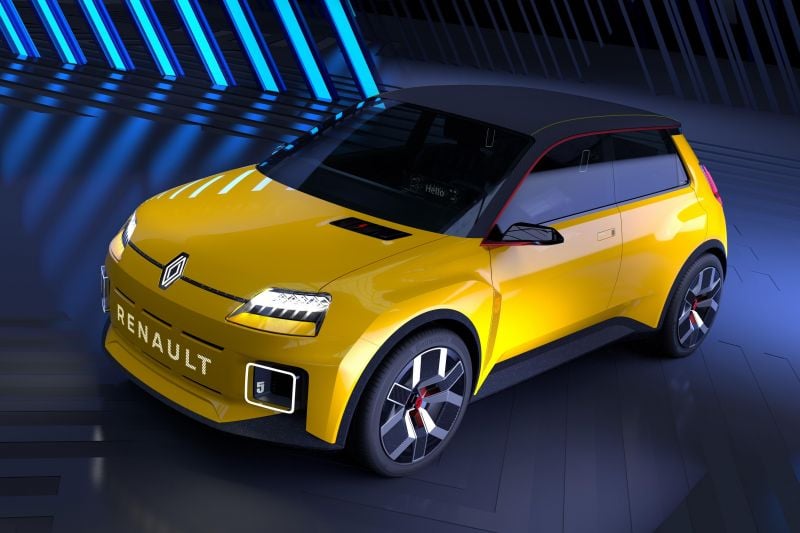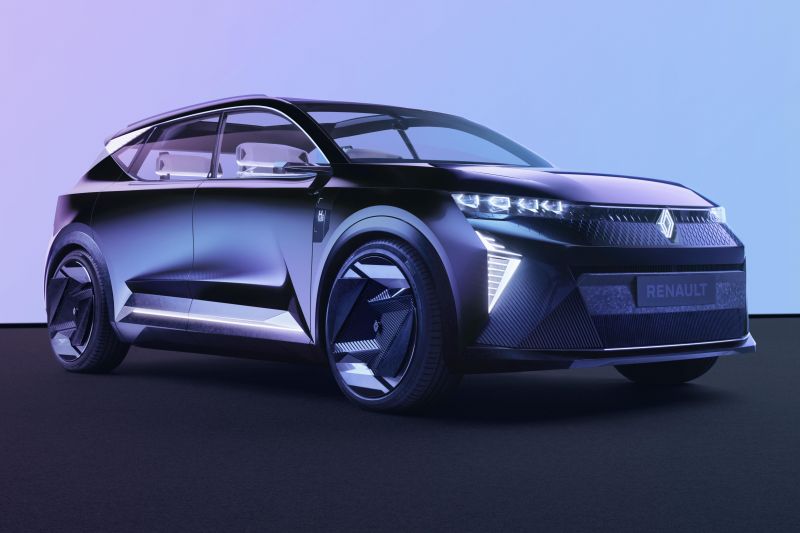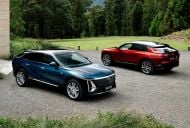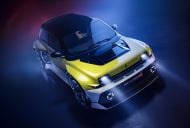The Renault Group has confirmed the C-level management team for Ampere, its electric vehicle (EV) and software subsidiary, which it says will be profitable within two years.
Luca de Meo will lead the Ampere business arm while maintaining his responsibilities as the CEO of the Renault Group.
De Meo will be joined by two existing Renault executives, Josep Maria Recasens and Vincent Piquet, appointed as chief operating officer and chief financial officer respectively.
Renault expects Ampere to break even and begin making a profit as early as 2025 by selling all-electric software-defined vehicles (SDVs) under the Renault badge.
Double-digit operating profit margins for Ampere are also expected by 2030.
Ampere is aiming for a 30 per cent compounded annual revenue growth rate until 2030.
The carve-out of Ampere from the wider group is expected to be completed during the second half of this year.
Ampere will be supported by “one of the most integrated EV value chains in the industry, a pioneering approach to Software Defined Vehicle, and state-of-the-art engineering and manufacturing capabilities,” said De Meo.
“Targeting a 40 per cent cost reduction in the next vehicle generation, setting tech and innovation at the core of Ampere’s organisation, and delivering appealing products at the best price,” are all milestones De Meo hopes to hit by the end of the decade.
One-third of Ampere’s workforce will comprise software specialised engineers, and the division will lower parts diversity by 30 per cent, reach 90 per cent battery-to-wheel e-powertrain efficiency, and improve manufacturing productivity to less than 10 hours per vehicle.
Ampere will share more about its future plans at a Capital Markets Day scheduled for later this year, the exact day is still to be announced.
Ampere’s proposed initial lineup consists of six vehicles: the Renault 5, Renault 4, Megane E-Tech Electric, Scénic E-Tech Electric and two unannounced vehicles.
The company projects its ‘ElectriCity’ EV production facilities in northern France will be carbon neutral by 2025 and capable of producing 480,000 EVs a year.
Renault is part of an alliance with Nissan and Mitsubishi, with Mitsubishi announcing in February it intended to invest up to 15 per cent in Ampere with the aim of “becoming a strategic investor and to accelerate new business opportunities in Europe”.
The majority share of Ampere will continue to be held by the Renault Group.
The Renault Group and Ampere have partnered with several tech properties, including Qualcomm, Google, and Valeo, to develop its SDV offerings, which will include a Renault-badged entirely software-defined vehicle by 2026.
Qualcomm’s Snapdragon Ride Flex system-on-a-chip (SoC) supports a connected vehicle platform with a digital cockpit and advanced driver assistance systems (ADAS), all upgradable via over-the-air (OTA) updates.
The Renault Group announced its initial ‘Renaulution’ in 2021, where it outlined how splitting into five business units will drive the French brand towards further profitability and adoption of ‘new-mobility’.
France-based Ampere will inherit the ‘know-how and assets from Renault Group with the focus and agility of an EV pure player.’
Renault will lean on its Ampere arm to reach its goals of being an all-electric brand in Europe by 2030.
The Renault Group aims to be carbon-neutral in Europe by 2040 and worldwide by 2050.











